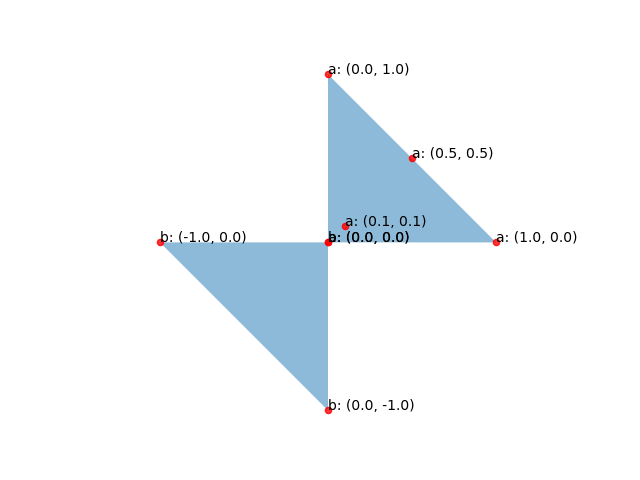I have a geopandas dataframe containing a list of shapely POINT geometries. There is another column with a list of ID's that specifies which unique polygon each point belongs to. Simplified input code is:
import pandas as pd
from shapely.geometry import Point, LineString, Polygon
from geopandas import GeoDataFrame
data = [[1,10,10],[1,15,20],[1,20,10],[2,30,30],[2,35,40],[2,40,30]]
df_poly = pd.DataFrame(data, columns = ['poly_ID','lon', 'lat'])
geometry = [Point(xy) for xy in zip(df_poly.lon, df_poly.lat)]
geodf_poly = GeoDataFrame(df_poly, geometry=geometry)
geodf_poly.head()
I would like to groupby the poly_ID in order to convert the geometry from POINT to POLYGON. This output would essentially look like:
poly_ID geometry
1 POLYGON ((10 10, 15 20, 20 10))
2 POLYGON ((30 30, 35 40, 40 30))
I imagine this is quite simple, but I'm having trouble getting it to work. I found the following code that allowed me to convert it to open ended polylines, but have not been able to figure it out for polygons. Can anyone suggest how to adapt this?
geodf_poly = geodf_poly.groupby(['poly_ID'])['geometry'].apply(lambda x: LineString(x.tolist()))
Simply replacing LineString with Polygon results in TypeError: object of type 'Point' has no len()

